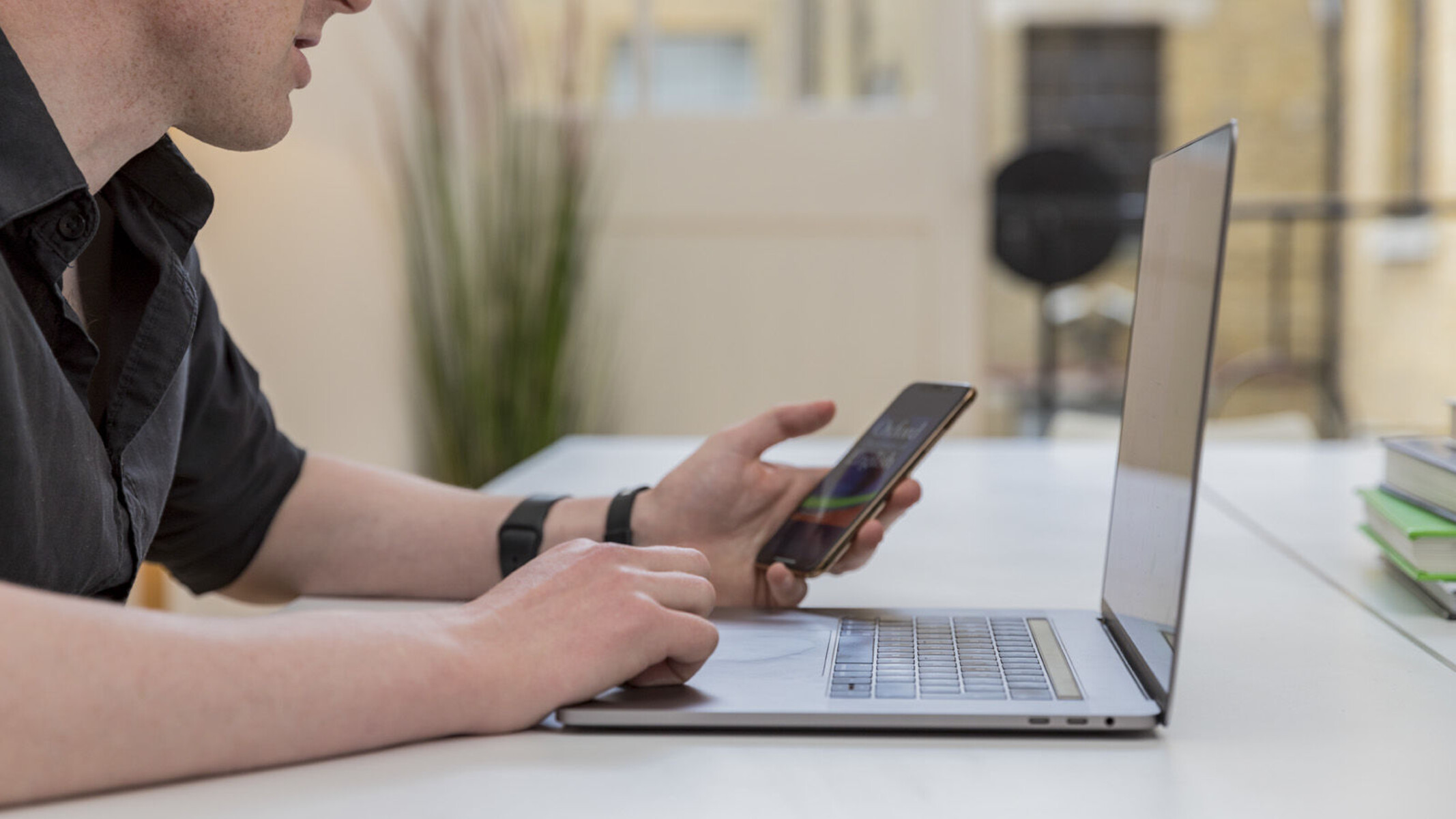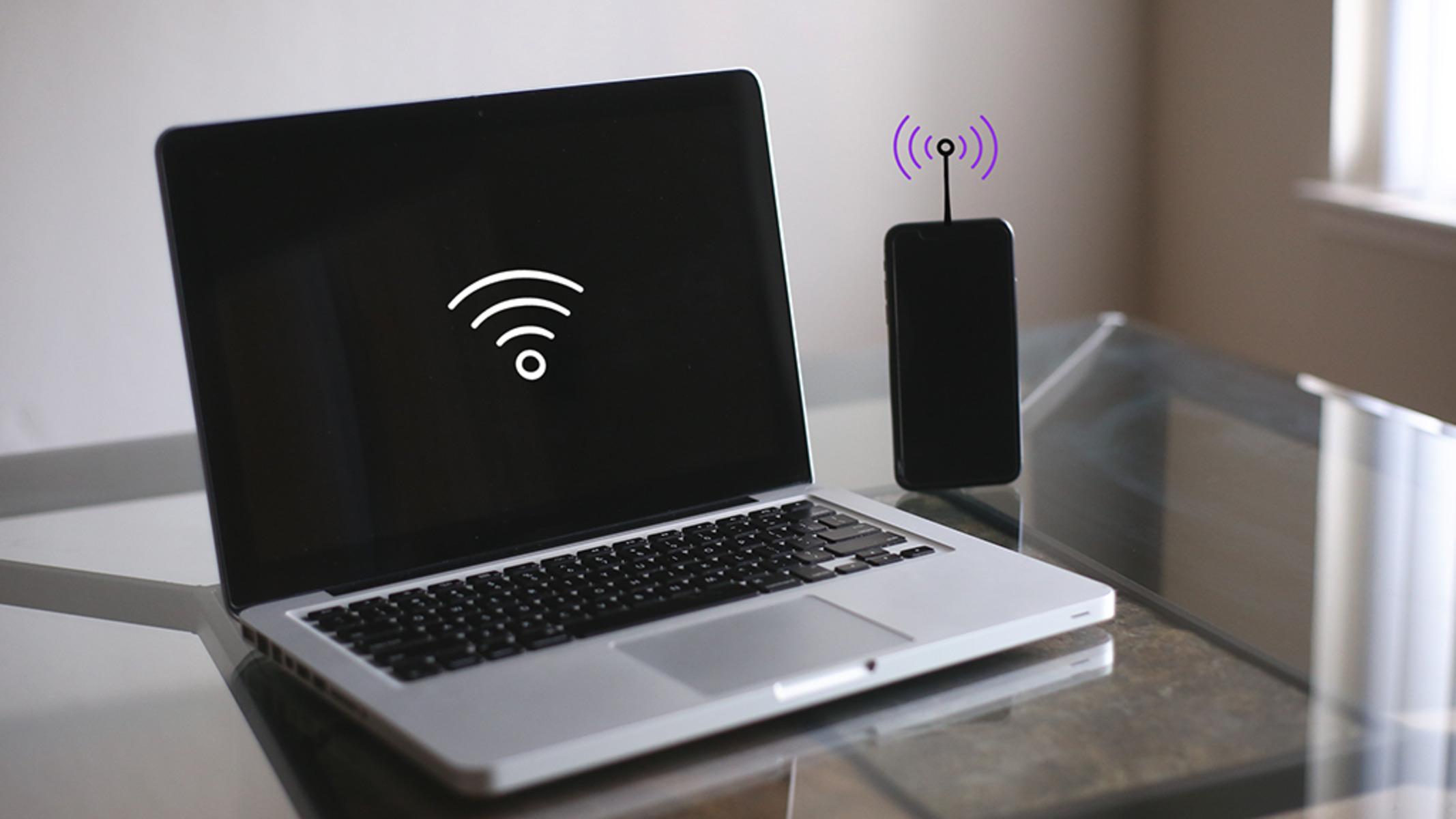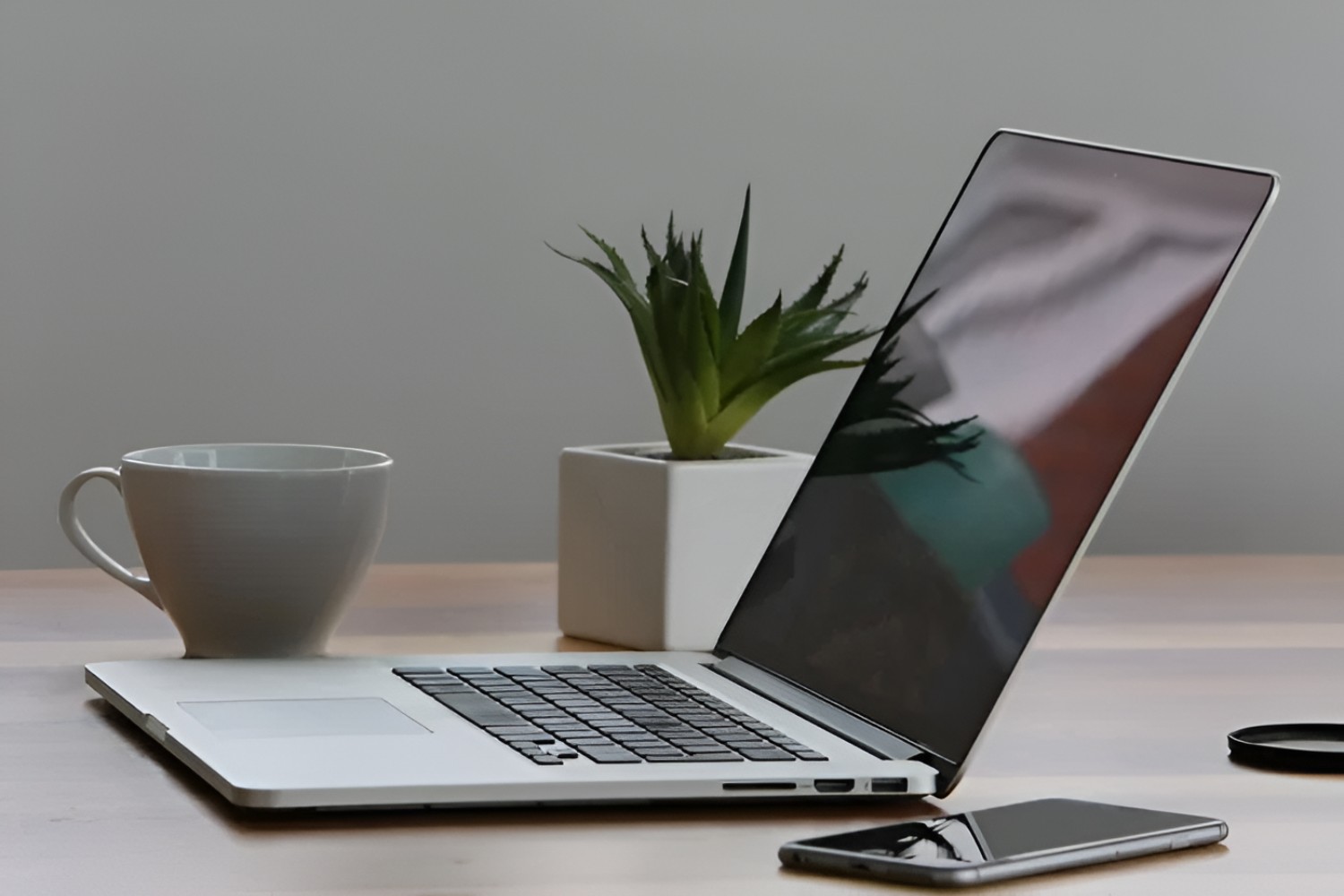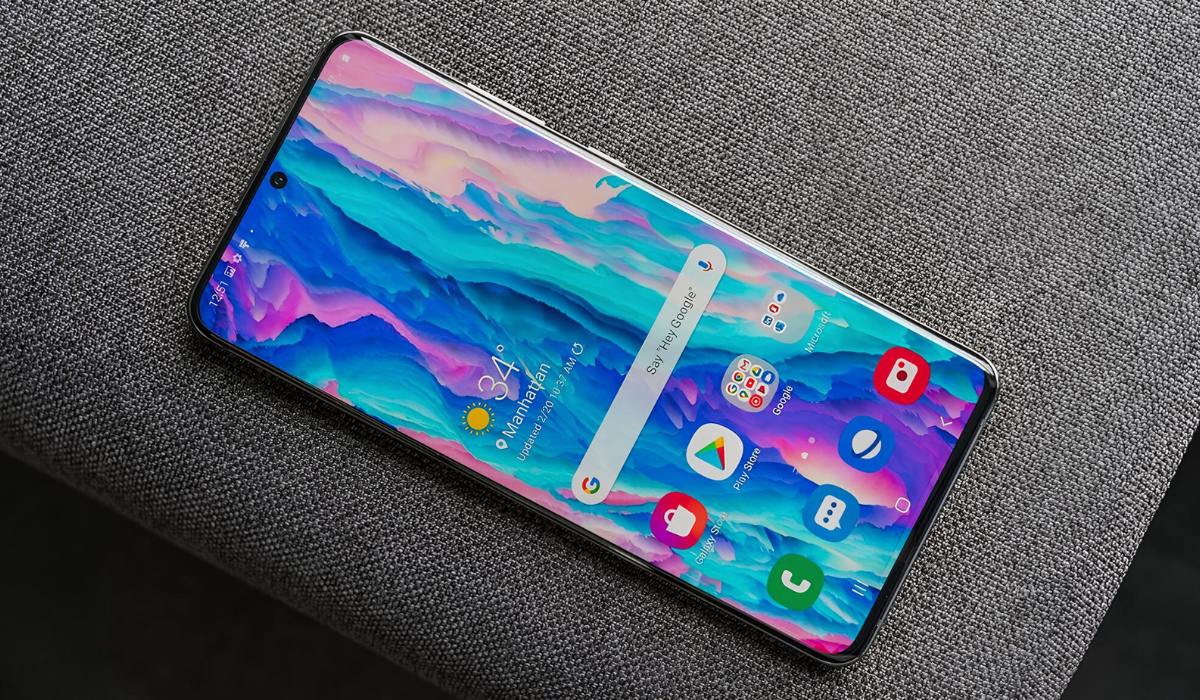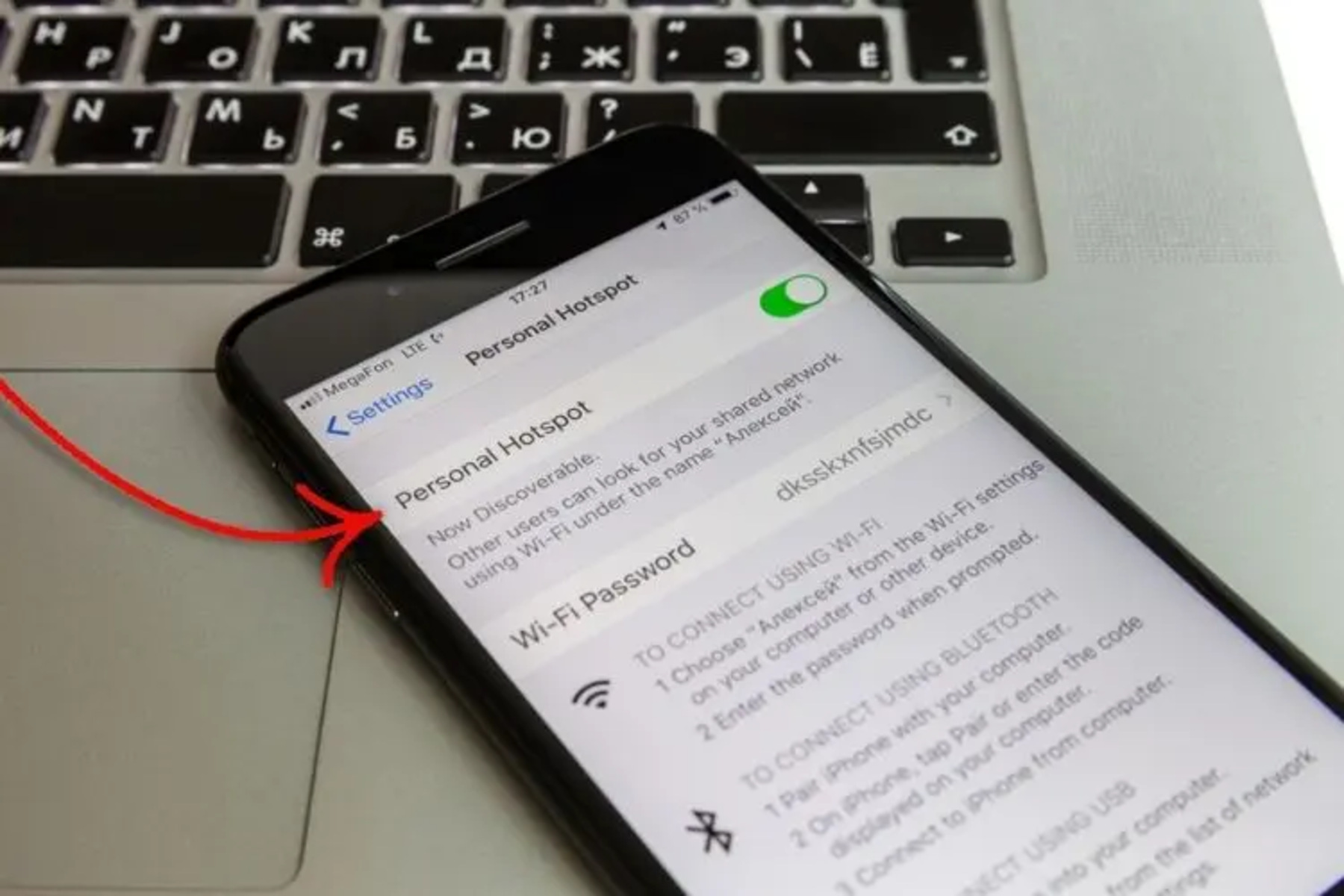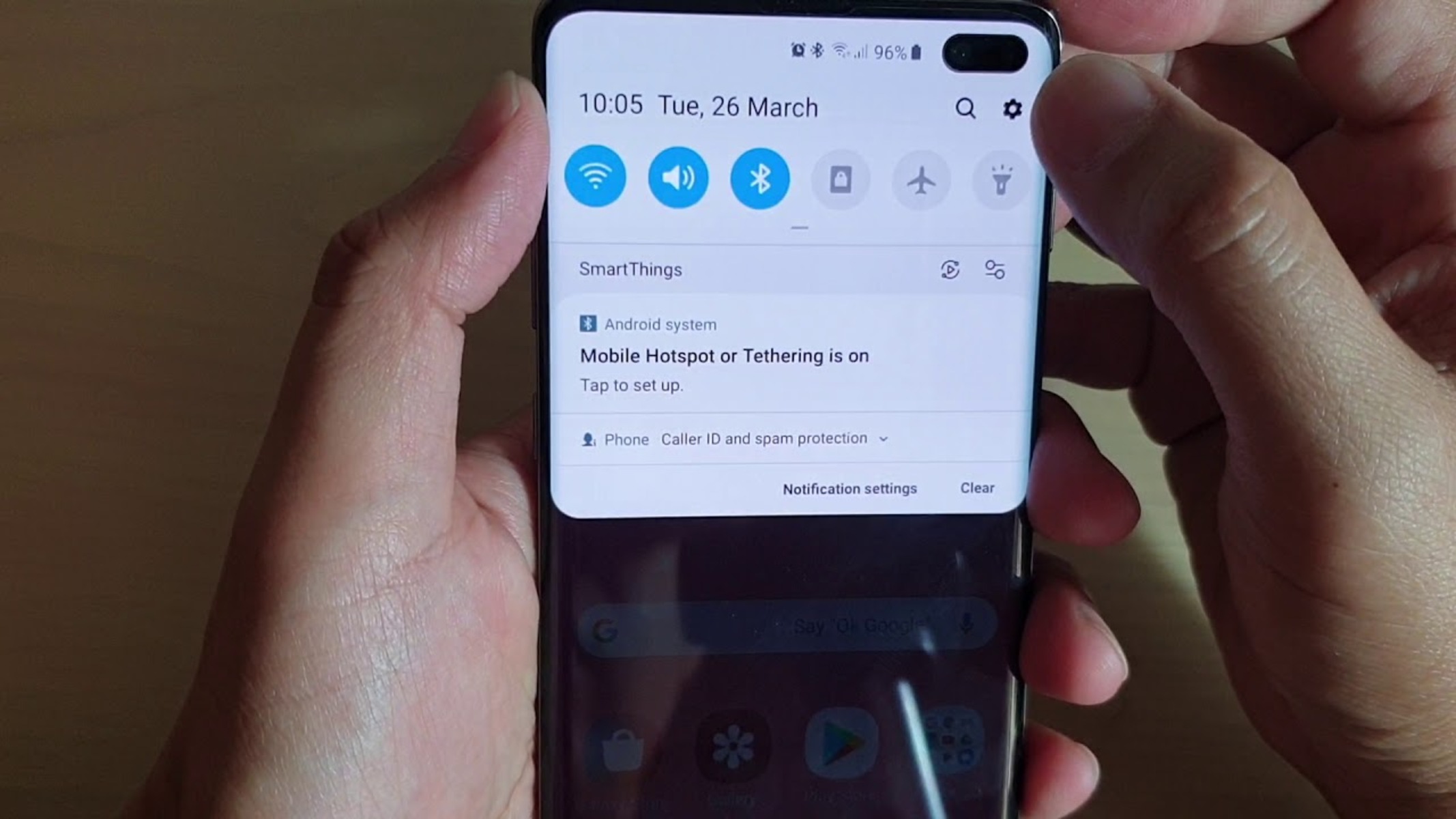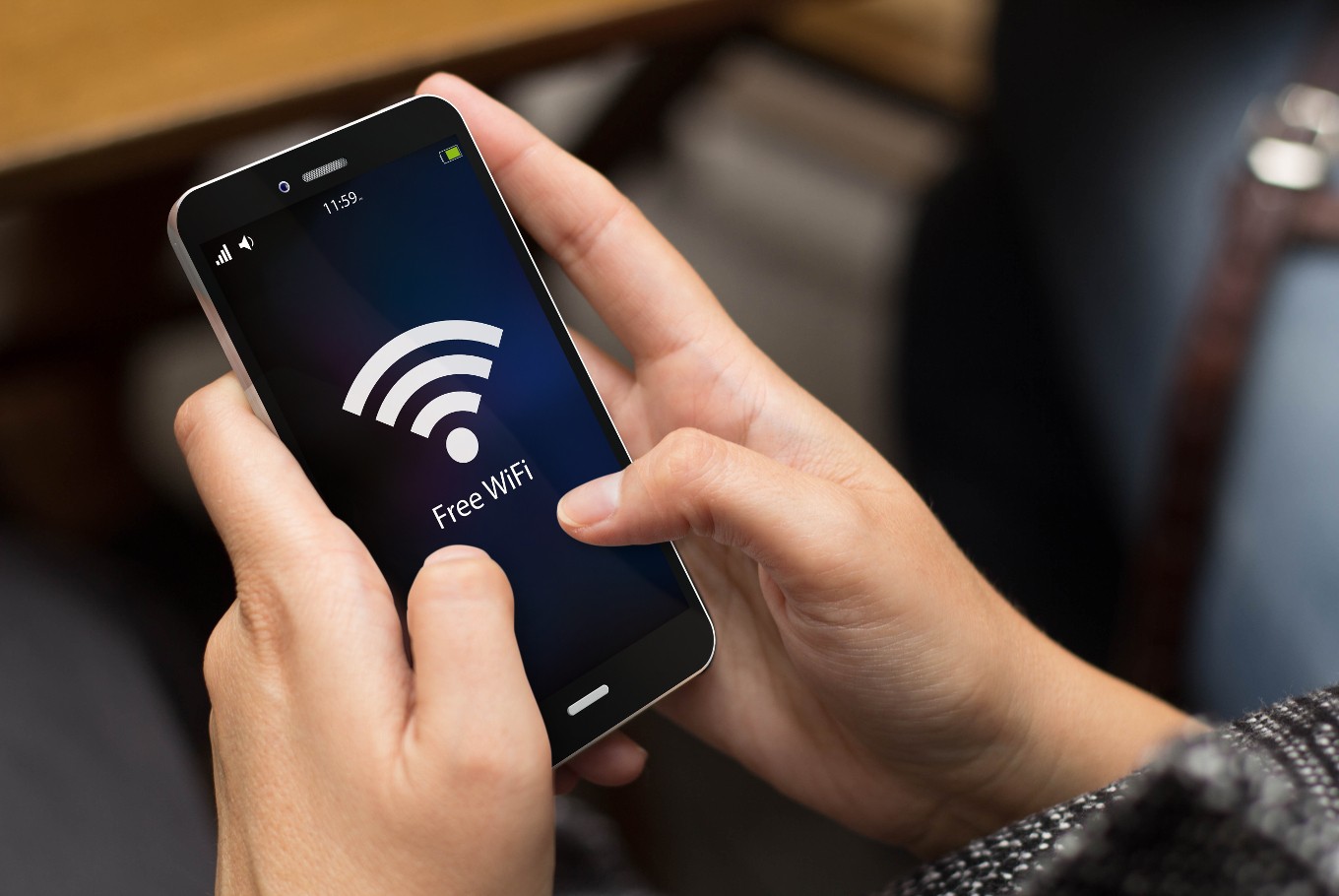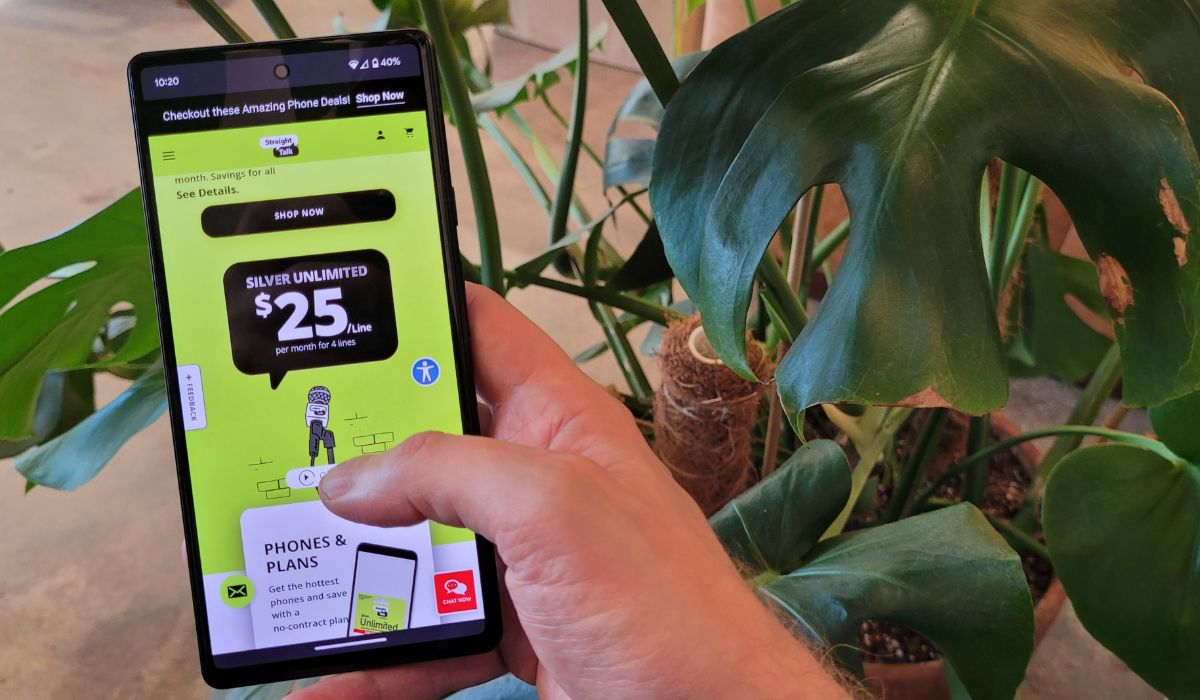Introduction
Connecting your laptop to your phone's hotspot can provide a convenient solution for accessing the internet when Wi-Fi is not available. Whether you're traveling, working remotely, or experiencing issues with your regular internet connection, using your phone as a hotspot can keep you connected. This article will guide you through the process of setting up and connecting your laptop to your phone's hotspot, ensuring that you can stay productive and connected wherever you go.
By following the instructions provided, you can leverage your phone's data connection to access the internet on your laptop. This can be particularly useful for individuals who rely on a stable internet connection for work, entertainment, or communication. Additionally, understanding how to establish this connection can be valuable in emergency situations or when traditional internet services are unavailable.
The ease of setting up a phone hotspot and connecting your laptop to it makes this an accessible and practical solution for various scenarios. Whether you're a digital nomad, a student, a remote worker, or simply someone seeking internet access on the go, knowing how to utilize your phone as a hotspot empowers you to maintain connectivity and productivity.
In the following sections, we will cover the necessary steps to check your phone's hotspot compatibility, enable the hotspot feature, establish the connection with your laptop, and troubleshoot any potential issues that may arise. By the end of this guide, you will have the knowledge and confidence to seamlessly connect your laptop to your phone's hotspot, ensuring uninterrupted access to the online world.
Checking Phone Hotspot Compatibility
Before proceeding with the setup, it's essential to ensure that your phone and laptop are compatible for establishing a hotspot connection. Here's how to check for compatibility and prepare your devices for this seamless connection:
1. Phone Operating System:
- Verify that your phone's operating system supports the hotspot feature. Most modern smartphones, regardless of the operating system (iOS, Android, etc.), offer the ability to create a personal hotspot. However, it's prudent to confirm this capability, as it may vary based on the device model and carrier restrictions.
2. Mobile Data Plan:
- Check your mobile data plan to confirm that it includes hotspot or tethering capabilities. Some carriers may require an additional subscription or feature add-on to enable the hotspot functionality. It's advisable to review your data plan details or contact your mobile service provider to ensure that hotspot usage is included in your current plan.
3. Laptop Wi-Fi Compatibility:
- Ensure that your laptop is equipped with a Wi-Fi adapter. Most laptops are Wi-Fi enabled by default, allowing them to connect to wireless networks, including mobile hotspots. If your laptop lacks a built-in Wi-Fi adapter, consider using an external USB Wi-Fi dongle to enable wireless connectivity.
4. Wireless Standards:
- Check the wireless standards supported by both your phone and laptop. The most common standards are 802.11n and 802.11ac. Ensuring compatibility between the wireless standards of your phone and laptop can optimize the connection speed and stability when using the phone's hotspot feature.
5. Network Security:
- Prioritize network security by setting up a strong password for your phone's hotspot. This password will be required when connecting your laptop to the hotspot, preventing unauthorized access and safeguarding your data while using the shared connection.
By confirming the compatibility of your phone and laptop for hotspot connectivity, you can proceed with confidence, knowing that your devices are primed for a successful connection. This proactive approach minimizes the likelihood of encountering compatibility issues during the setup process, allowing for a smooth and efficient establishment of the hotspot connection.
Turning on Phone Hotspot
Enabling the hotspot feature on your phone transforms it into a portable Wi-Fi access point, allowing other devices, such as your laptop, to connect and utilize its cellular data connection. The process of activating the hotspot varies slightly depending on the type of smartphone and its operating system. Below are the general steps to turn on the hotspot feature on both iOS and Android devices:
For iOS (iPhone):
-
Accessing Settings: Open the "Settings" app on your iPhone. This can typically be found on the home screen and is represented by a gear icon.
-
Selecting Personal Hotspot: Within the "Settings" menu, tap on "Personal Hotspot." This option is usually located near the top of the menu, under the "Cellular" or "Mobile Data" section.
-
Enabling Personal Hotspot: Toggle the switch to enable the personal hotspot feature. Upon activation, your iPhone will broadcast a Wi-Fi network, allowing other devices to connect to it.
-
Customizing Hotspot Settings: Optionally, you can set a Wi-Fi password for your hotspot to secure the connection. This can be done by tapping on the "Wi-Fi Password" option and entering a strong, memorable password.
For Android Devices:
-
Accessing Settings: Open the "Settings" app on your Android device. The appearance and location of the "Settings" app may vary slightly based on the device manufacturer and model.
-
Navigating to Network & Internet: Within the "Settings" menu, locate and tap on "Network & Internet" or a similar option related to connectivity settings.
-
Selecting Hotspot & Tethering: Look for the "Hotspot & Tethering" or "Tethering & Portable Hotspot" option within the network settings.
-
Enabling Portable Hotspot: Tap on the "Portable Hotspot" or "Wi-Fi Hotspot" option and toggle the switch to activate the hotspot functionality. This will initiate the broadcasting of a Wi-Fi network from your Android device.
-
Customizing Hotspot Settings: Similar to iOS, you can set a Wi-Fi password for your hotspot to secure the connection. This can typically be done within the hotspot settings menu by accessing the "Set up Wi-Fi hotspot" or "Hotspot configuration" option.
Once the hotspot is activated on your phone, it will be visible to nearby devices with Wi-Fi capability. This allows your laptop to detect and connect to the hotspot network, providing access to the internet using your phone's cellular data. By following these straightforward steps, you can quickly and easily enable the hotspot feature on your phone, empowering it to serve as a reliable and convenient internet source for your laptop.
Connecting Laptop to Phone Hotspot
After activating the hotspot on your phone, the next step involves connecting your laptop to the newly created Wi-Fi network. This process allows your laptop to utilize your phone's cellular data for internet access. Follow these steps to seamlessly establish the connection:
-
Laptop Wi-Fi Settings:
- Access the network settings on your laptop. This can usually be done by clicking on the Wi-Fi icon in the system tray or navigating to the network settings in the control panel.
-
Detecting Hotspot Network:
- Once in the network settings, your laptop will scan for available Wi-Fi networks. The name of your phone's hotspot should appear in the list of available networks.
-
Connecting to Hotspot:
- Select your phone's hotspot network from the list and click "Connect." If you have set a password for the hotspot, you will be prompted to enter it at this stage.
-
Establishing Connection:
- After entering the correct password, your laptop will attempt to establish a connection with the hotspot. Once connected, your laptop will display the Wi-Fi symbol, indicating a successful connection to your phone's hotspot.
-
Verification:
- To ensure that the connection is functioning properly, open a web browser on your laptop and navigate to a website. If the page loads successfully, it indicates that your laptop is now using your phone's hotspot for internet access.
By following these straightforward steps, you can effectively connect your laptop to your phone's hotspot, enabling seamless access to the internet using your phone's cellular data. This setup is particularly useful when traditional Wi-Fi networks are unavailable or when you require a reliable internet connection while on the move.
Connecting your laptop to your phone's hotspot is a simple yet powerful way to stay connected and productive, especially in situations where conventional internet access is limited. With this established connection, you can work, browse, and communicate online without being tethered to a fixed Wi-Fi network. This flexibility and convenience make the laptop-to-phone hotspot connection a valuable resource for various personal and professional scenarios.
Troubleshooting and Tips
In the event that you encounter challenges or disruptions when connecting your laptop to your phone's hotspot, employing troubleshooting techniques can help resolve common issues and ensure a smooth, uninterrupted connection. Additionally, implementing the following tips can optimize the performance and reliability of the hotspot connection, enhancing your overall experience.
Troubleshooting Steps:
-
Check Signal Strength: If you experience a weak or unstable connection, ensure that your phone is within reasonable proximity to your laptop. Physical obstructions and distance can impact signal strength. Repositioning your devices or moving to a different location may improve the signal quality.
-
Restart Hotspot: If the hotspot connection appears sluggish or unresponsive, consider toggling the hotspot feature off and then back on. This simple action can reset the connection and address minor connectivity issues.
-
Verify Hotspot Settings: Confirm that the hotspot settings on your phone are configured correctly. Ensure that the hotspot is enabled, the network name (SSID) is recognizable, and the password, if set, is entered accurately on your laptop.
-
Update Device Software: Keep your phone and laptop updated with the latest software and firmware releases. Software updates often include bug fixes and enhancements that can improve connectivity and address compatibility issues.
-
Reset Network Settings: If persistent connectivity problems arise, resetting the network settings on your phone and laptop can resolve underlying network configuration issues. This process can vary based on the device and operating system, so refer to the respective user manuals for guidance.
Tips for Optimal Hotspot Usage:
-
Manage Data Usage: Monitor your data consumption when using the phone's hotspot, especially if you have limited data allowances. Avoid bandwidth-intensive activities, such as large file downloads or video streaming, to conserve data and prevent excessive charges.
-
Secure Your Hotspot: Protect your hotspot with a strong, unique password to prevent unauthorized access. Regularly update the password to enhance security, and avoid sharing it with individuals you do not trust.
-
Battery Conservation: Using your phone as a hotspot can drain its battery. To prolong battery life, consider connecting your phone to a power source while using the hotspot, or limit hotspot usage to conserve battery power.
-
Hotspot Timeout: Some phones have a feature that automatically disables the hotspot after a period of inactivity. Familiarize yourself with this setting to prevent unexpected disconnections and conserve battery and data.
-
Alternate Hotspot Devices: If persistent issues occur with a particular phone, consider using a different phone as a hotspot. This can help troubleshoot whether the problem lies with the specific device or the hotspot functionality in general.
By following these troubleshooting steps and implementing the suggested tips, you can overcome common connectivity challenges and make the most of your laptop-to-phone hotspot connection. These proactive measures empower you to maintain a reliable and efficient internet connection, ensuring that you can stay connected and productive, regardless of your location or the availability of traditional Wi-Fi networks.
Conclusion
In conclusion, the process of connecting your laptop to your phone's hotspot offers a versatile and reliable solution for accessing the internet in various scenarios. By following the outlined steps and tips, you can seamlessly leverage your phone's cellular data to stay connected, productive, and entertained, even when traditional Wi-Fi networks are unavailable.
The ability to activate the hotspot feature on your phone and establish a connection with your laptop empowers you to overcome connectivity challenges and enjoy uninterrupted internet access. Whether you're working remotely, traveling, or facing temporary disruptions in your regular internet service, the laptop-to-phone hotspot connection serves as a valuable resource, providing flexibility and convenience.
By ensuring compatibility between your phone and laptop, enabling the hotspot feature, and successfully connecting your devices, you can harness the power of your phone's data connection to fuel your laptop's online activities. This capability is particularly beneficial for professionals, students, and individuals on the go, allowing them to maintain productivity and communication without being tethered to a fixed Wi-Fi network.
Furthermore, the troubleshooting steps and tips provided offer valuable insights into addressing common connectivity issues and optimizing the performance of the hotspot connection. Proactive measures such as monitoring data usage, securing the hotspot, and managing battery conservation contribute to a seamless and efficient hotspot experience.
In essence, the laptop-to-phone hotspot connection represents a practical and accessible solution for staying connected in today's dynamic and mobile-centric world. By mastering this process, you can confidently navigate situations where traditional internet access may be limited or unavailable, ensuring that you remain connected and productive wherever you go.
Ultimately, the ability to seamlessly connect your laptop to your phone's hotspot underscores the adaptability and resilience of modern connectivity solutions. It exemplifies the convergence of technology and mobility, empowering individuals to transcend physical limitations and maintain a consistent online presence.
Incorporating the knowledge and skills gained from this guide into your digital repertoire equips you with the capability to leverage your phone's hotspot as a reliable and convenient internet source for your laptop. This newfound proficiency not only enhances your connectivity but also expands your capacity to adapt to diverse and dynamic connectivity scenarios, ultimately enriching your digital lifestyle.







